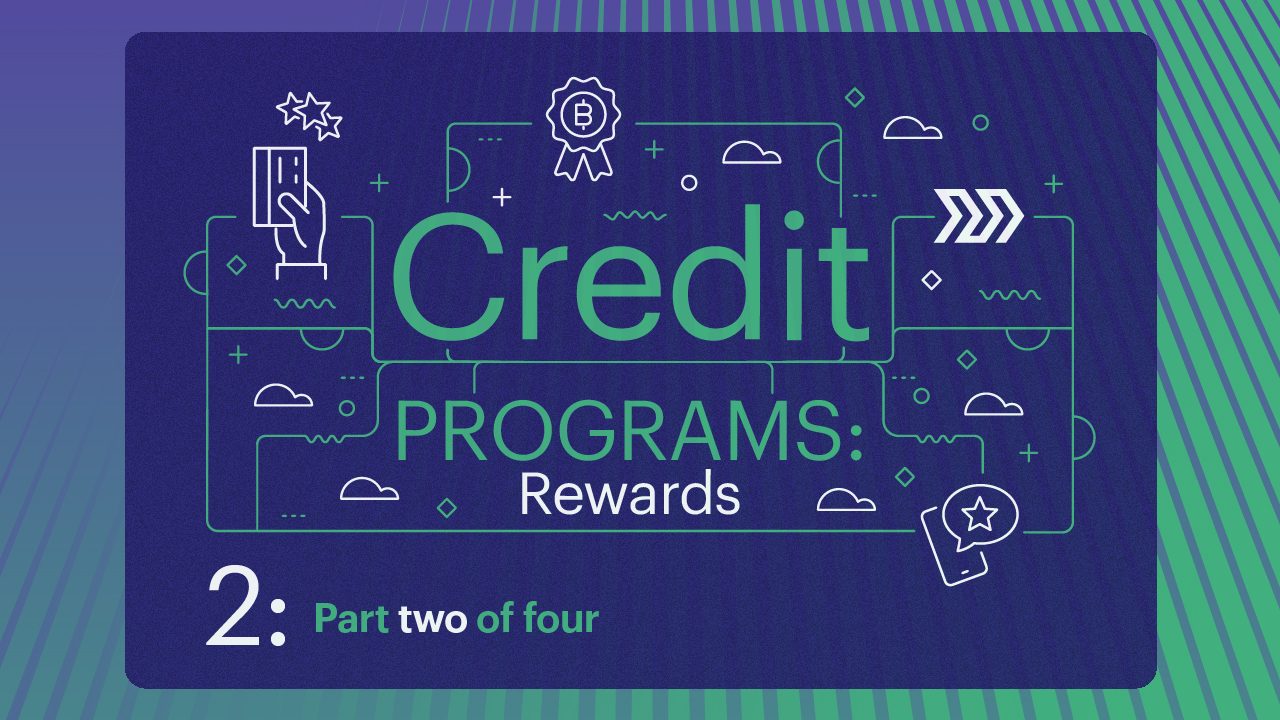March 23, 2022 | 5 min read
Designing credit card rewards for competitive advantage



The flavor of credit cards have shifted over the years. While some issuers these days are launching credit cards as stand alone products, many are launching credit card products as a natural evolution of their already existing financial products like a neobank, an investment account, or a crypto exchange. Launching a credit card program is no easy feat when managing a portfolio of products, and thankfully with modern card platforms the time it takes to launch and manage new credit cards is just months instead of years. In our first blog of this series on credit cards we talked about why credit card programs still matter. In this one, we will talk about how issuers can use their credit card rewards program to keep and grow their cardholder base.
Niche rewards for niche markets
According to Marqeta’s 2021 State of Credit Report, consumers are looking for innovation in credit. As brands think about their launch, a credit cards rewards program is one of the more complex pieces to execute, not only in designing its structure, but also in securing the dollar investment needed to power reward issuances. As credit cards become extensions of existing offerings or become embedded within new age digital experiences, credit card rewards have also evolved beyond traditional miles and points. Rewards today can be embedded within the construct of traditional investing, crypto investments, neobanking, or even around mission oriented initiatives like health & wellness or climate change. Brands must now manage how they build their rewards programs for the modern age, and at the same time they must balance the dollars they are spending on the program with their profitability. A modern credit platform should offer flexibility, speed, personalization and power your cardholder acquisition capabilities. For your existing customers, the benefits from a modern platform could potentially include increased retention, which ultimately can drive portfolio profitability.
Right spend, right time
When thinking about driving loyalty and balancing that with the cost of the program to the brand, it’s critical that you periodically look at shifting behaviors in card spend. Historically, credit cards have been a winner in both travel and dining. The start of the pandemic saw a shift in consumer spending with a move away from travel and other categories, like groceries and big-box retailers saw a lift. Though, travel has seen a rebound in credit card spend, it still begs the question: how can brands incentivize the right category of spend, at the right time?
When designing reward incentives, looking at a rich set of card transaction data is a no-brainer. When harnessed properly, brands can use the data to build credit card rewards offerings that are personalized for a program on any subset of transaction data, with most looking towards incentives based on MCC, MID, or spend. Brands today are able to truly differentiate in the market when using a card platform that allows real-time changes to their reward structures, giving them the power to change their incentive offerings when they see spending behavior shifts in their program.
Historically, most brands have focused on personalization for their program or portfolio of programs. A highly configurable rewards platform allows for innovation all the way down to an individual account level. Imagine an experience that allows a cardholder to pick their own reward categories or better yet, if your platform automatically recognized the highest spend categories month-over-month and allowed your cardholders to accrue rewards automatically. This level of personalization is what consumers are looking for in today’s market, and innovative brands are already harnessing advantages offered through modern card issuing platforms to achieve this.
Incentivizing behaviors and connecting ideologies
Another opportunity for personalization is through incentivizing your cardholder behaviors outside of their card spend. In the debit world, some crypto-focused cards are already incentivizing behaviors like account funding with extra crypto rewards earned, a strategy has been adopted by multiple brands because funding a debit account is so critical to the overall customer onboarding experience and it’s tied closely to increased purchase volumes.
Can a similar strategy be extended to brands thinking about launching credit cards? Some of the leading innovators today are building reward structures that cut across multiple products creating a symbiotic relationship between them. For example, one successful card in the market today gives cardholders boosted cashback for purchases at merchants whose shares they also own in their investing accounts; further the earned rewards could be reinvested back to accelerate their portfolio growth. The rewards offering is constructed to incentivize consumers to find synergies in their investment and spending habits.
Rewards and instant gratification
For as long as credit card rewards have existed, reward redemptions weren’t accessible for cardholders until their next billing cycle. Often time brands would limit the frequency of their reward redemption schedules in an effort to manage their risk. In recent times however, brands have begun pushing the envelope and innovating the when and how cardholders could redeem and access the reward lifecycle. Those ahead of the curve have already started offering instant redemption which allows cardholders to redeem their earned rewards immediately after their purchase is approved. This sort of instant gratification is a competitive advantage for an issuer, because few cards offer this in the market today.
In the past there was an inherent risk to an issuer allowing consumers to redeem a reward before the purchase had cleared as the purchase could be returned. However, if a brand is able to restrict instant redemptions into another product tied to the credit card (e.g., digital wallet tied to the credit card), they can ensure the reward dollars stay within their portfolio of products. Regardless of whether an issuer chooses to take on the risk associated with instant redemptions, their card platform should support redemption across multiple schedules (automatic vs. on-demand) and processing methods (eg., cash back and cash out). And just as importantly, their credit platform must also provide optionality in minimum rewards earned before the rewards can be redeemed, so they may manage their costs at scale.
Building a successful rewards program is highly complex and could be seen as a margin drain by some parts of a business. To ensure a successful card launch and longevity of the card program, modern brands need to leverage modern card platforms that give them the flexibility and the control they need over the levers of reward eligibility, accrual, and redemption.
Building a modern credit card
Want to learn more about building a scalable credit card rewards offering? Get insights in our eBook, or talk to a credit expert on ways a credit card program can help you build loyalty with your customers. Or read the first article in the series, Why a credit card program still matters.
